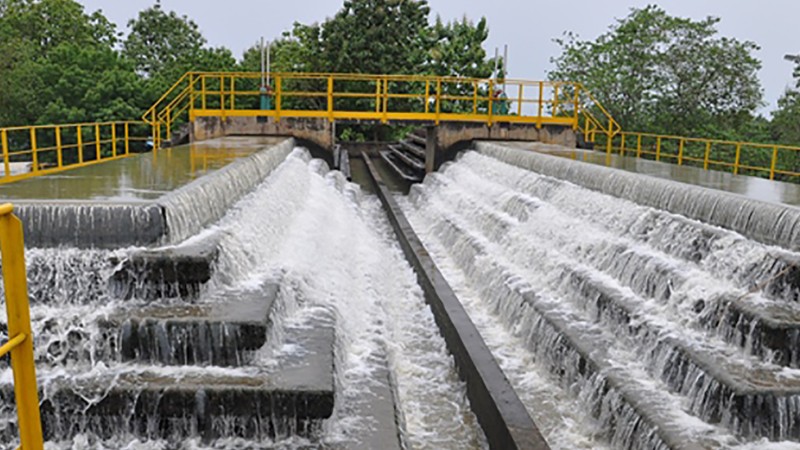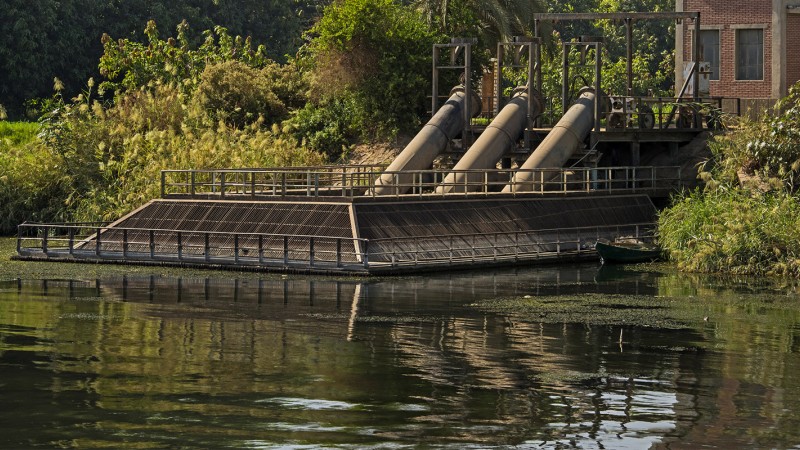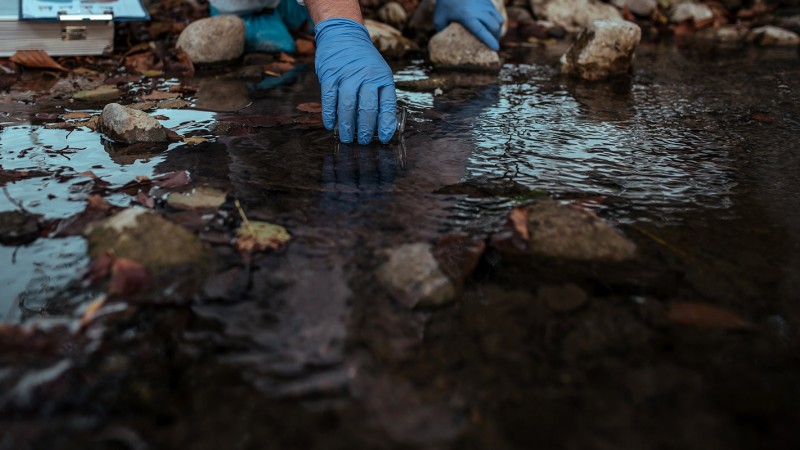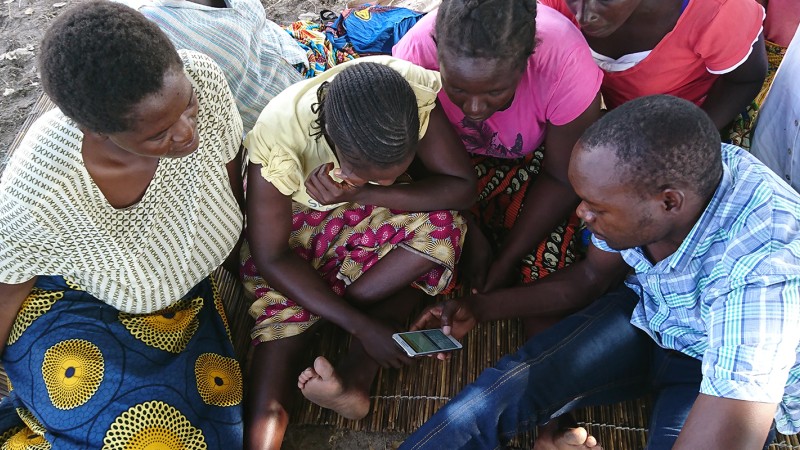Tracking of causes and sources of water-borne disease and outbreaks

On 12 October 2015, a cholera outbreak involving 65 cases and two deaths was reported in a fishing village in Hoima District, Western Uganda. Despite initial response by the local health department ...
Developing improved sampling and methods detection of water-borne disease in water

Emerging biosensor platforms for the assessment of water-borne pathogens. Pathogens are key contaminants in water that are responsible for the generation of various water-borne diseases, and include ...
Identification of the risk factors for infection by unsafe water

Symptoms and risk factors of parasites infection in children by unsafe water. Significant risk factors for infection, besides living within the distribution area of contaminated water plants, included ...
Need to increase the reuse of treated water

Water utilities need to increase the reuse of treated water and find ways to deal with sludge, to reduce demand for freshwater and the release of poorly treated or untreated water in water bodies that ...
SAPH PANI

Saph Pani was an India-EU collaborative project with a duration of three years. The project aimed to improve natural water treatment systems such as bank filtration (BF), managed aquifer recharge (MAR ...
Re-use of wastewater

Civil society organisations need to promote water conservation practices and the re-use of wastewater to reduce water demand ...
Find ways to deal with sludge

Water utilities need to increase the reuse of treated water and find ways to deal with sludge, to reduce demand for freshwater and the release of poorly treated or untreated water in water bodies that ...
Practices in Sludge Management

Sewage sludge is a product of municipal waste water treatment; however, sludge treatment issues are often neglected in comparison with water-related parameters such as the outgoing load and the degree ...
Control insect breeding

River basin organisations need to control insect breeding and waterborne diseases to protect the health of the population ...
Biological control for reducing insect breeding

Mosquito Control With Entomopathogenic Bacteria has been assessed in Europe. The application of microbial control agents can effectively reduce the population densities of the target species such as ...
Reducing contact to insects for reducing infection risks

Global change, parasite transmission and disease control: lessons from ecology. Parasitic infections are ubiquitous in wildlife, livestock and human populations, and healthy ecosystems are often ...
Chemical control for reducing insect breeding

Pesticide free traps and attractant for surveillance and control of Aedes container breeding mosquitos are key to reducing insect breeding. This solution offers an inexpensive, biodegradable, easily ...
Habitat and environmental control to limit insect breeding

Mosquito larval habitat mapping using remote sensing and GIS for monitoring the filarial infection. By using satellite image digital data and GIS, maps for the temperature, salinity, turbidity and ...
Reduce the occurrence of insects

Water utilities need to meet quality standards for drinking water, and spread hygiene practices among the population, to reduce the occurrence of insect and waterborne diseases and to protect the ...
Wetskills-Egypt 2023

Are you a student or young professional from the Arab region and beyond, and do you want to make a difference in the water sector? Would you like to experience working in an international team and ...
Engage the youth and other community members

Civil society organisations need to engage the youth and other community members to increase people's capacity to manage water resources and help design strategies for climate change adaptation ...
9 ways to engage youth in agriculture

In Africa over 200 million people are aged between 15 and 24, the youngest population in the world. This age group according to the African Economic Outlooks is expected to double in number by 2045 ...
How to turn young people into climate change activists

With the right information, young people can become brilliant campaigners. So how do you get them involved? ...